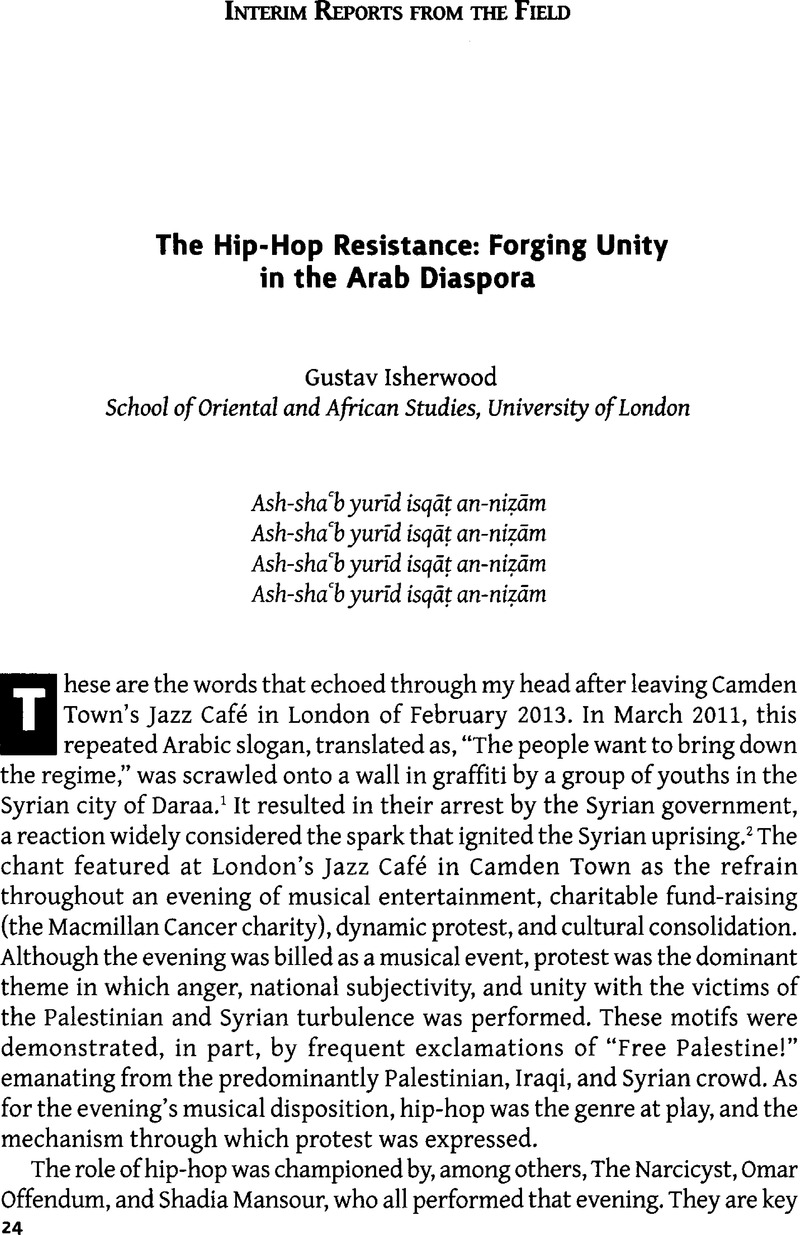Crossref Citations
This article has been cited by the following publications. This list is generated based on data provided by Crossref.
Shaltout, Hana
2021.
Egyptian feminist artivism post-2011: Bnt Al Masarwa as new turn?.
Journal of the African Literature Association,
Vol. 15,
Issue. 3,
p.
487.
Magaña, Maurice Rafael
2022.
Multimodal archives of transborder belonging: Murals, social media, and racialized geographies in Los Angeles.
American Anthropologist,
Vol. 124,
Issue. 4,
p.
703.
Barone, Stefano
2023.
The Handbook of Media and Culture in the Middle East.
p.
414.
Akpan, Unwana Samuel
and
Almalki, Shoaa
2023.
African Media Space and Globalization.
p.
251.



